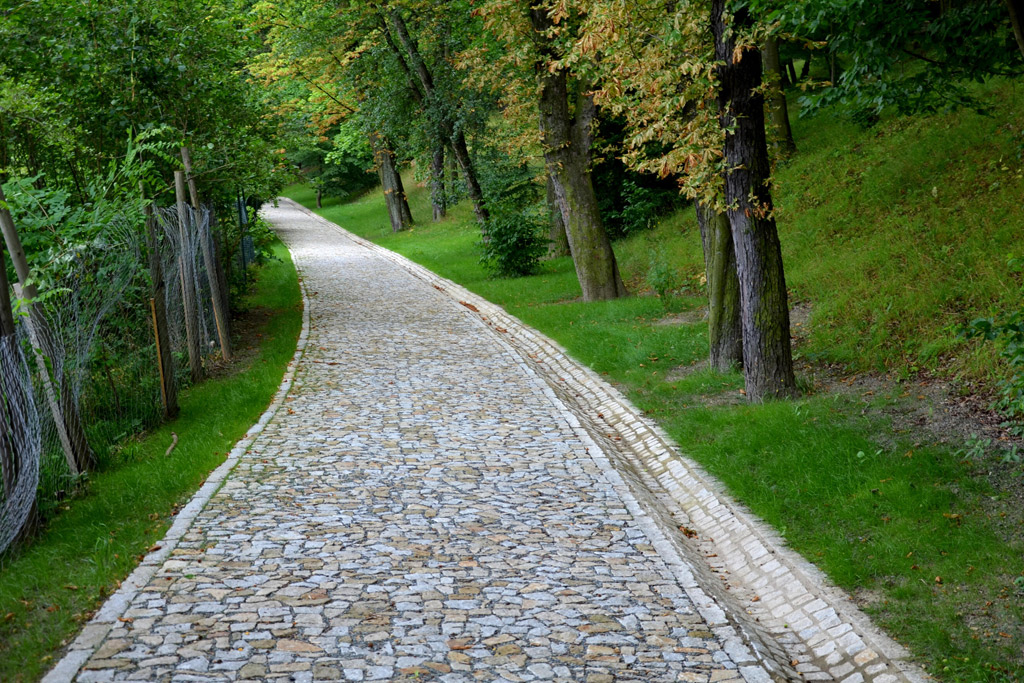When capping (or sealing) a landfill, a contaminated mine, or an agricultural site, the capping or surface barrier system is a crucial step in the procedure. It is typically included in a larger plan for the site’s “naturalisation” and rehabilitation into the surrounding environment. This is crucial in abandoned mines and old landfills that were shut down before stricter regulations.
The efficacy of this capping has significant ramifications for the economy and the environment. Its goal is
- To drain the methane gas that forms during waste decomposition.
- To stop contamination and the production of extra pollutant leachate inside the cell, it is important to prevent rainwater infiltration.
- To provide a substrate that will support the development of natural vegetation.
- Should be topographically appropriate for the environment.
When a landfill is closed, after the installation of the final impermeable capping system, erosion is a potential issue. Eventually, vegetation that has grown on the capping system will reintegrate the landfill into its natural surroundings. To avoid harm from rainwater runoff during the growth of vegetation, erosion prevention is frequently needed.

